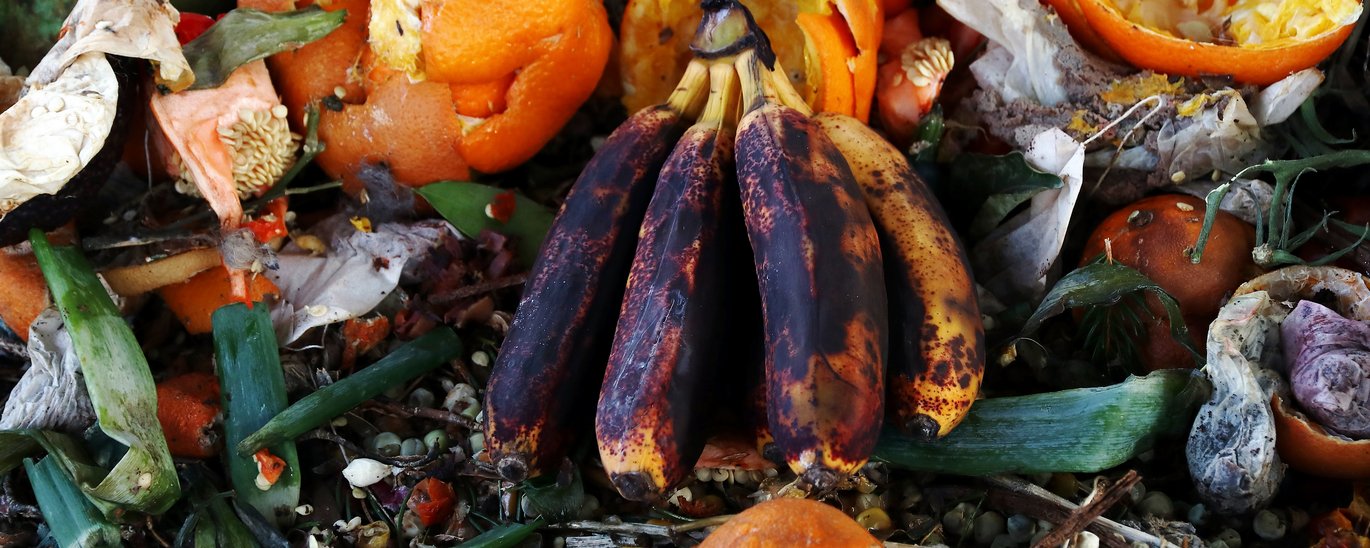The amount of avoidable food waste in the service sector is greater than the amount of unavoidable food waste
Some food waste is completely unavoidable – whereas some food waste is avoidable because it could have ended up on a plate. In the Danish service sector, the proportion of avoidable food waste is bigger than unavoidable food waste – but there is a difference between hotels and institutions. This is the result of a new study by researchers from the Department of Food Science, Aarhus University.

Throughout 2018, the Danish service sector, including hotels, restaurants, institutions and canteens/catering, has created over 100,000 tonnes of food waste. Some food waste is unavoidable, such as banana peel, fish bones and tea bags, while some food waste can be characterized as avoidable. This applies, for example, to bread, whole fruits and leftovers from plates. The proportion of avoidable food waste is greater than unavoidable food waste- but there is a difference between hotels and institutions.
This is the result of a nationwide study prepared by the Department of Food Science at Aarhus University at the request of the Ministry of Environment and Food of Denmark. The study is based on data collected from about 600 companies in the Danish food-related service sector throughout 2018. Combined with figures from Statistics Denmark on the number of companies in each category, researchers have scaled up the amount of food waste in the sector to national level on an annual basis.
Avoidable food waste in different industries
- Based on the study, the total amount of food waste in the categories studied was estimated at approx. 103,000 tonnes in 2018. This is distributed between hotels (10,500 tonnes), restaurants (64,500 tonnes), institutions (14,700 tonnes) and canteens/catering (13,300 tonnes). Thus, it can be concluded that restaurants constitute the category with the highest amount of food waste per year, while hotels have the lowest amount per year. In this context, it is important to point out that our study does not take into account the number of people that each category provides with meals. We have investigated absolute quantities, says Anna Borum, Research Assistant at the Department of Food Science and one of the researchers behind the report.
Although hotels generate the lowest amount of unavoidable food waste in the service sector, they account for the highest proportion of avoidable food waste in the service sector, if restaurants are left out of account:
- We have done an analysis of the relationship between unavoidable food waste and avoidable food waste. The analysis included a total of approx. 420 kg of mixed food waste, which came from hotels, institutions and canteens/catering. By adding the figures from the analysis, we found that 62 % could be characterized as avoidable food waste, while 36 % of the 420 kg could be characterized as unavoidable food waste. The remaining 2 % was characterized as plastic or paper. This ratio of avoidable/unavoidable food waste - combined with the calculated national level of food waste - showed that the highest proportion of avoidable food waste is found in the hotel category, while the lowest proportion is found in the category of institutions covering hospitals, schools, children's institutions and nursing homes.
- Read more: Food waste is recycled
A categorization with dilemmas
The categorization of avoidable and unavoidable food waste has been a challenge for the researchers:
- It can sometimes be difficult to determine when something is avoidable and when something is unavoidable food waste, as it is a matter of definition. For some, the stick of a broccoli is considered edible, while for others it is inedible. In our study, we have characterized broccoli sticks as unavoidable food waste – but the categorization involves dilemmas, says Anna Borum.
What can we do about avoidable food waste?
The researchers behind the study believe that we can do more to avoid food waste and that some of the tools are already on the market:
- Some kitchens offer their employees to buy leftovers at a reduced price. There are also solutions already in the market, where restaurants offer customers to by surplus food after closing time. This allows them to reduce food waste and create a win-win situation, but the truth is that most food waste today ends up in a container for garbage disposal – but an increasing number of people are becoming aware of the opportunity of using it for biogas or fertilizer. Therefore, even more can be done to bring down the amount of food waste, says Anna Borum.
It may also be an opportunity to raise awareness of the problem in the service sector:
- Some companies are simply not aware of the amount of food waste that they are generating because it is difficult to get an overview of it. You could work on creating a more simple and accessible measuring instrument for this purpose, adds Anna Borum.
About the project
| Collaboration partners | Department of Food Science, Aarhus University |
| Funding | The study was commissioned by the Ministry of Environment and Food of Denmark. |
| Conflicts of interest | None |
| More information | Download the report ”Food Waste in the Danish Food Service Sector” by Anna Borum og Ulla Kidmose |
| Contact | Anna Borum - Videnskabelig assistent, Institut for Fødevarer - ab@food.au.dk |
